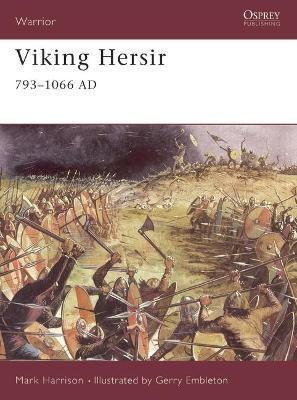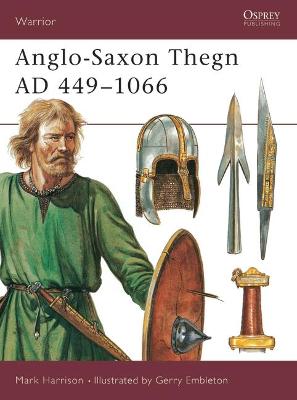Warrior S.
2 primary works
Book 3
When Norwegian Vikings first raided the European coast in the 8th century AD, their leaders were from the middle ranks of warriors known as hersirs. At this time the hersir was typically an independent landowner or local chieftain with equipment superior to that of his followers. By the end of the 10th century, the independence of the hersir was gone, and he was now a regional servant of the Norwegian king. This book investigates these brutal, mobile warriors, and examines their tactics and psychology in war, dispelling the idea of the Viking raider as simply a killing machine.
Book 5
The collapse of Roman rule in Britain was not so much a sudden catastrophe as a long and drawn-out decline. The 'Celtic' Britons retreated gradually to the highland areas of Wales, Cornwall and the south-west of Scotland. Control of the fertile eastern lowlands was lost to warriors of Germanic origin who migrated from the Continent. These Germanic conquerors have become known to history as the 'Anglo-Saxons'. They were to dominate the lowland zone of Britain until their final defeat at Hastings in 1066. This title gives an insight into the everyday life, equipment, dress, battle tactics and life on campaign of the typical Anglo-Saxon warrior of this period - the thegn.

